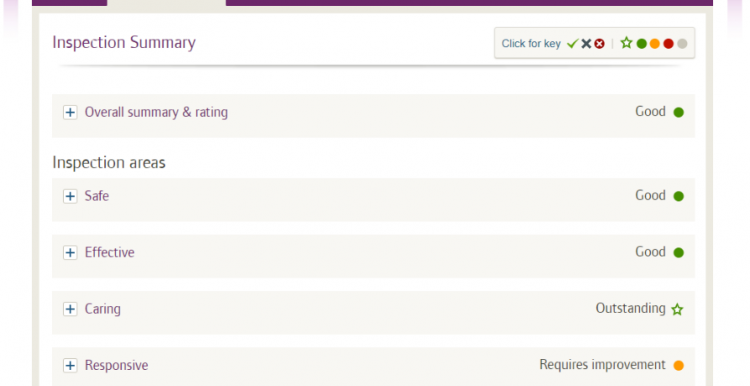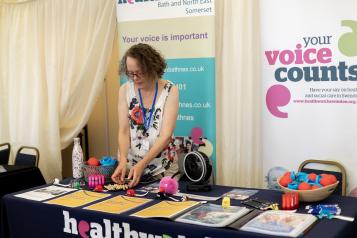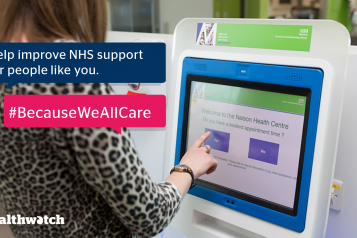Improvements needed at Royal United Hospital Bath emergency department

Care Quality Commission carried out a focused inspection of the accident and emergency (A&E) department of Royal United Hospital Bath in January as part of its winter pressures programme, which looks at whether a service is safe, responsive, and well-led.
Due to the targeted focus of the inspection, the overall rating of the service did not change, and remains Requires Improvement. Royal United Hospital Bath and Royal United Hospital Bath NHS Foundation Trust remain rated Good overall.
Speaking of the inspection, Amanda Williams, CQC’s Head of Hospital Inspection for the South, said:
“During our inspection of Royal United Hospital Bath, we found a team that was focused on safety and protecting patients from infection during a very difficult and challenging time.
“However, high levels of demand on the emergency department were impacting on patient waiting times and we had concerns about staffing levels, particularly at night, and in the paediatric department.
“Yet despite these pressures, there were many examples of good practice. Leaders were aware of current challenges and were in the process of making improvements. We continue to monitor the trust and will return in due course to check on the progress of improvements we’ve told them to make.”
During the inspection, CQC found:
- The department did not always have enough staff with the right training to keep patients safe from avoidable harm and at times they did not always provide the right care and treatment. For example, inspectors saw the treatment of children was not always undertaken by a paediatric nurse.
- There were concerns about the visibility of senior medical staff on duty at night due to the complex layout of the department. The design of the environment also meant social distancing in some areas was difficult which sometimes led to overcrowding in the waiting area at busy times.
- The high demand on services throughout the hospital often resulted in patients in the emergency department or in ambulances waiting for beds. It also wasn’t clear who was responsible for the care and treatment of patients who were waiting in ambulances.
- Managers had action plans in place to follow for managing periods of heavy demand. However, the action plan devised to improve services offered by the department was in its early stages and had not had time to impact on improving performance.
There were a number of positive findings though. Inspectors observed:
- The trust and the emergency department leaders understood the priorities and issues the service faced both internally and externally and from the additional pressures of the COVID-19 pandemic. The team was visible and approachable for patients and staff. Staff felt respected, supported and valued and knew how to keep patients safe from abuse and how to report this.
- The service liaised with other health care providers to help reduce the demand on the emergency department. This involved directing patients to other appropriate health care settings which were able to meet their needs.
- Infection risk was well controlled and dedicated areas had been established to protect staff and patients from cross-infection during the COVID-19 pandemic.
Full details of the inspection are given in the report published online:
https://www.cqc.org.uk/location/RD130/inspection-summary#urgent


